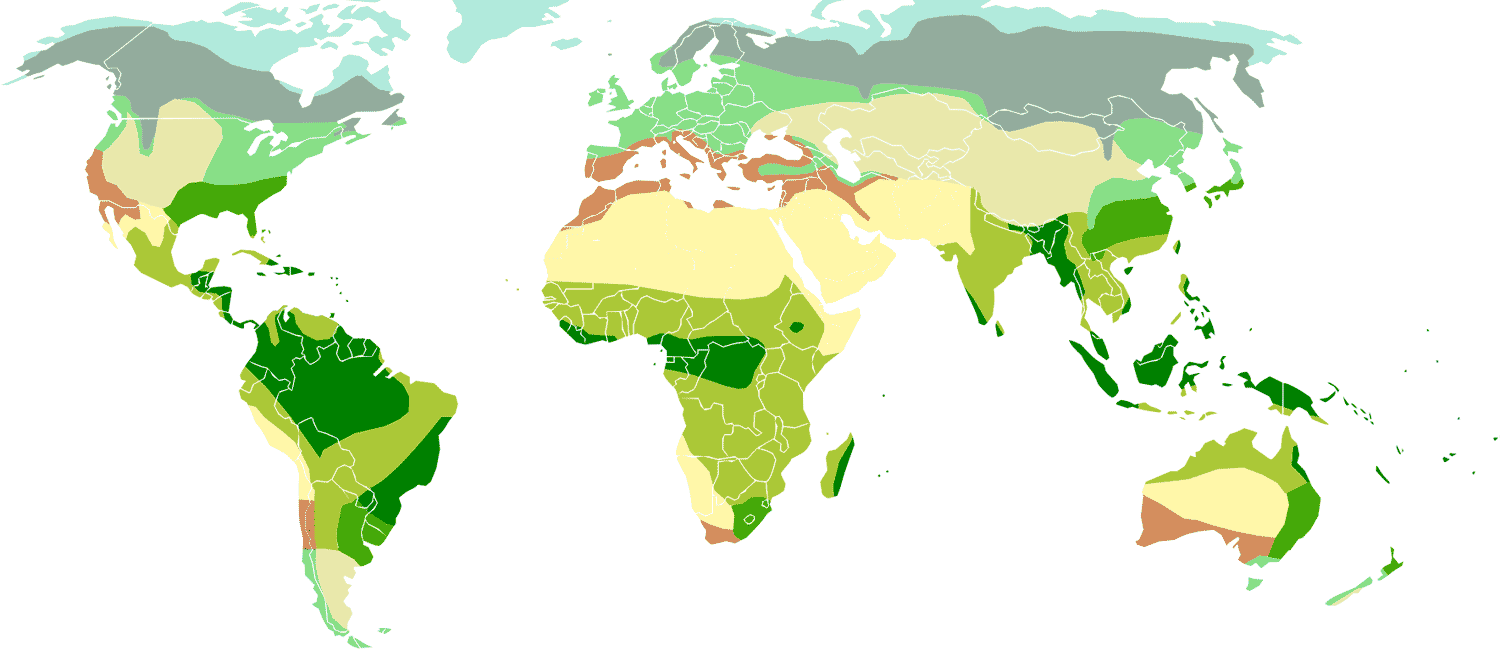Page Content
- Classification
- Gallery
- Region
- Group
- Taxa, synonyms
- Bibliography
- Phylogeny
Lamiinae
Lamiinae is the scientific name of Lamiines -also called flat-faced longhorned beetles-
Lamiinae Latreille, 1825
P.A. Latreille is the author of the original taxon.
Lamiinae Latreille, 1825 is the full name of the group-subfamily in the taxonomic classification system.
The subfamily has 76 tribes, 3,021 genera and subgenera (2,634 genera plus 387 non-nominal subgenera) and 21,934 species and subspecies (20,501 species plus 1,433 non-nominal subspecies).
Classification
| kingdom | |
| Animalia | |
| ~1,200,000 sp. | |
| phylum | |
| Arthropoda | |
| ~1,000,000 sp. | |
| class | |
| Insecta | |
| ~830,000 sp. | |
| order | |
| Coleoptera | |
| ~350,000 sp. | |
| family | |
| Cerambycidae | |
| ~35,000 sp. | |
| subfamily | |
| Lamiinae | |
| 20,501 sp. + 1,433 non-nominal subsp. | |
- Lamiinae 57.1%
- Cerambycinae 32.9%
- Lepturinae 4.4%
- Prioninae 3.6%
- other Cerambycidae 2%
Gallery
Some representative images of Lamiinae, to see more: Plate in gallery Box in collection
![Prosopocera itzingeri, ♀ [JPRC], Prosopocerini, Gabon](https://lamiinae.org/il/r/v/PR-Prosopocera-itzingeri-f-jpr21336i.jpg)
♀ [JPRC]
Prosopocerini
Gabon
![Sternotomis pulchra, ♂ [JPRC], Sternotomini, Gabon](https://lamiinae.org/il/r/v/ST-Sternotomis-pulchra-m-jpr19807i.jpg)
♂ [JPRC]
Sternotomini
Gabon
![Phrynetoides minor, ♀ [JPRC], Phrynetini, R. D. Congo](https://lamiinae.org/il/r/v/PH-Phrynetoides-minor-f-jpr19819i.jpg)
♀ [JPRC]
Phrynetini
R. D. Congo
![Sympagus laetabilis, ♂ [JPRC], Acanthocinini, Central America (Nicaragua)](https://lamiinae.org/il/r/v/AC-Sympagus-laetabilis-m-jpr19602i.jpg)
♂ [JPRC]
Acanthocinini
Central America (Nicaragua)
![Disterna complexa, ♀ [JPRC], Zygocerini, Aru](https://lamiinae.org/il/r/v/ZY-Disterna-complexa-f-jpr19107i.jpg)
♀ [JPRC]
Zygocerini
Aru
![Macronemus asperulus, ♂ [JPRC], Acanthoderini, Central America (Nicaragua)](https://lamiinae.org/il/r/v/AC-Macronemus-asperulus-m-jpr18579i.jpg)
♂ [JPRC]
Acanthoderini
Central America (Nicaragua)
![Polyrhaphis belti, ♂ [JPRC], Polyrhaphidini, Central America (Nicaragua)](https://lamiinae.org/il/r/v/PO-Polyrhaphis-belti-m-jpr18549i.jpg)
♂ [JPRC]
Polyrhaphidini
Central America (Nicaragua)
![Omosarotes singularis, ♀ [JPRC], Acanthomerosternoplonini, Central America (Nicaragua)](https://lamiinae.org/il/r/v/CY-Omosarotes-singularis-f-jpr17302i.jpg)
♀ [JPRC]
Acanthomerosternoplonini
Central America (Nicaragua)
Region
World [21,934]

Distribution for species of Lamiinae
Group
Lamiinae [21,934]
Bibliography
Some citations found in the bibliography excluding lists and catalogs except with nomenclatural act or image or data
Phylogeny
All studies support the monophyly of Lamiinae within the family Cerambycidae.
See for example:
(Haddad&al. 2018),
(Li&al. 2023).
Simplified representations inspired by some of the most interesting phylogenetic studies:
Concerning the phylogeny within the Lamiinae, the studies remain limited and their results are partially different.
See for example:
(Souza&al. 2020),
(Ashman&al. 2021),
(Souza&al. 2024).
The following representation attempts to combine results and propose a synthetic view of the possible phylogeny until the tribal level.
See also: Acanthoderini, Acanthocinini, Acrocinini, Astathini, Colobotheini, Tetraopini, Onciderini Hypsiomatina, Onciderina
This incomplete and provisional reconstruction based on published results already shows that the current classification is not satisfactory in view of the numerous cases of paraphyly and polyphyly. Improving and generalizing analyzes will require revisions and redefinitions. Some tribes will be enlarged, others divided or reunited; new tribes, subtribes and genera will be created showing the incredible diversity within the Lamiinae of the World.
À propos des entomologistes lui exprimant leur étonnement de la multitude de groupes qu'il admet dans la Famille, Th. Lacordaire (1869) écrivait qu'il ne pouvait mieux se justifier qu'en s'inspirant des échanges entre F.P. Pascoe et L. Fairmaire : "Si les Divisions inférieures de la Famille des Longicornes sont traitées de cette façon dans toute l'étendue de cette dernière, il deviendra nécessaire d'en établir plusieurs centaines, et je ne suis pas sûr qu'on ne finira pas par trouver cet arrangement le plus naturel."